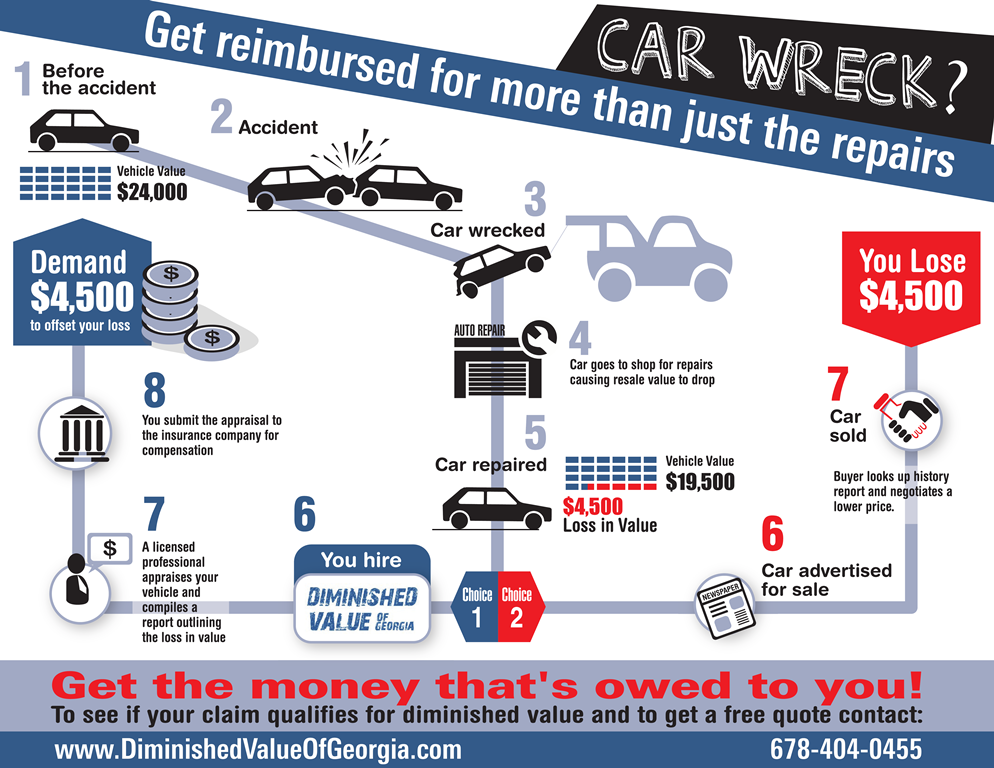Understanding The Definition Behind Your Automobile'S Warning Lighting: A Thorough Look
Understanding The Definition Behind Your Automobile'S Warning Lighting: A Thorough Look
Blog Article
Article Created By-Termansen Dalgaard
When you lag the wheel, those glowing warning lights on your control panel can be a bit difficult. Do you know what they're attempting to inform you concerning your cars and truck's health and wellness? Understanding the relevance of these lights is vital for your security and the long life of your lorry. So, the next time among those lights appears, would not you intend to understand its message properly and take the essential actions to address it?
Common Warning Lighting and Interpretations
Recognize common warning lights in your cars and truck and understand their definitions to guarantee risk-free driving.
One of the most typical caution lights consist of the check engine light, which signifies concerns with the engine or emissions system. If this light comes on, it's vital to have your automobile examined without delay.
The oil stress alerting light indicates low oil pressure, requiring instant attention to stop engine damage.
A flashing battery light may suggest a damaged charging system, possibly leaving you stranded otherwise resolved.
The tire stress surveillance system (TPMS) light informs you to low tire pressure, influencing car stability and fuel effectiveness. Ignoring this might result in hazardous driving problems.
car cleaners near me suggests an issue with the anti-lock stopping system, compromising your capacity to quit rapidly in emergencies.
Lastly, the coolant temperature advising light warns of engine getting too hot, which can lead to extreme damage otherwise dealt with promptly.
Recognizing these common warning lights will certainly help you deal with problems immediately and keep secure driving problems.
Importance of Prompt Focus
Recognizing the usual warning lights in your car is only the primary step; the significance of without delay dealing with these warnings can not be stressed enough to guarantee your safety on the road.
When a caution light brightens on your control panel, it's your car's method of communicating a possible problem that needs attention. Overlooking these cautions can lead to a lot more extreme issues down the road, jeopardizing your safety and security and possibly costing you more out of commission.
Motivate focus to advising lights can stop break downs and accidents. As an example, a blinking check engine light can show a misfire that, if left neglected, can cause damages to the catalytic converter. Resolving this quickly can conserve you from a pricey repair.
Likewise, a brake system warning light might signal reduced brake fluid or worn brake pads, essential parts for your safety and security when driving.
Do It Yourself Troubleshooting Tips
If you notice a caution light on your control panel, there are a couple of do it yourself repairing ideas you can try before seeking professional assistance.
https://www.wfla.com/automotive/spend-less-at-the-pump-with-these-fuel-saving-tips/ is to consult your vehicle's guidebook to comprehend what the specific caution light indicates. Occasionally the issue can be as basic as a loosened gas cap triggering the check engine light. Tightening the gas cap may solve the issue.
One more common issue is a reduced battery, which can activate various cautioning lights. Inspecting the battery connections for rust and guaranteeing they're secure could fix the issue.
If a caution light lingers, you can try resetting it by separating the auto's battery for a few mins and after that reconnecting it. Additionally, inspecting your automobile's fluid levels, such as oil, coolant, and brake fluid, can help repair warning lights related to these systems.
car wash near me now
To conclude, understanding your automobile's warning lights is crucial for keeping your automobile running smoothly and securely. By immediately addressing these notifies and knowing what they suggest, you can avoid expensive repairs and possible malfunctions.
Keep in mind to consult your auto's manual for specific details on each alerting light and do something about it appropriately to make sure a trouble-free driving experience.
Keep notified, stay risk-free on the road!
